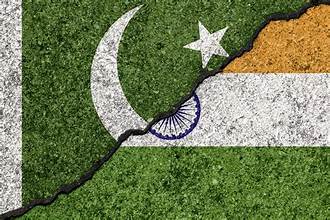In the aftermath of India’s independence in 1947, tensions between India and Pakistan began to rise, with both nations involved in territorial disputes. While India worked towards integrating princely states into the newly formed Union, one small but strategically located island—Lakshadweep—was almost overlooked. This proved to be an opportunity for Pakistan to attempt to seize the island.
In late 1947, the then Prime Minister of Pakistan, Liaquat Ali Khan, devised a plan to capture Lakshadweep, believing that its majority Muslim population would align with Pakistan. Pakistan sent a warship, accompanied by military personnel from the Army and Navy, with the mission to plant the Pakistani flag on the island, assuming no Indian military presence.
However, India got wind of Pakistan’s intentions. Sardar Vallabhbhai Patel, the then Deputy Prime Minister and Home Minister of India, swiftly intervened. Understanding the importance of maintaining India’s territorial integrity, Patel instructed the Revenue Collector of Travancore to dispatch soldiers to Lakshadweep and raise the Indian flag on the island.
Before the Pakistani forces could carry out their plan, they found the tricolour flying on the island. In a move of retreat, the Pakistani warship turned back, recognizing the island’s allegiance to India. Patel’s decisive action prevented Lakshadweep from falling into Pakistani hands, ensuring it remained a peaceful and integral part of India.
This episode serves as a reminder of the tensions that followed the partition of India and how strategic decisions shaped the early days of the Indian Republic.














